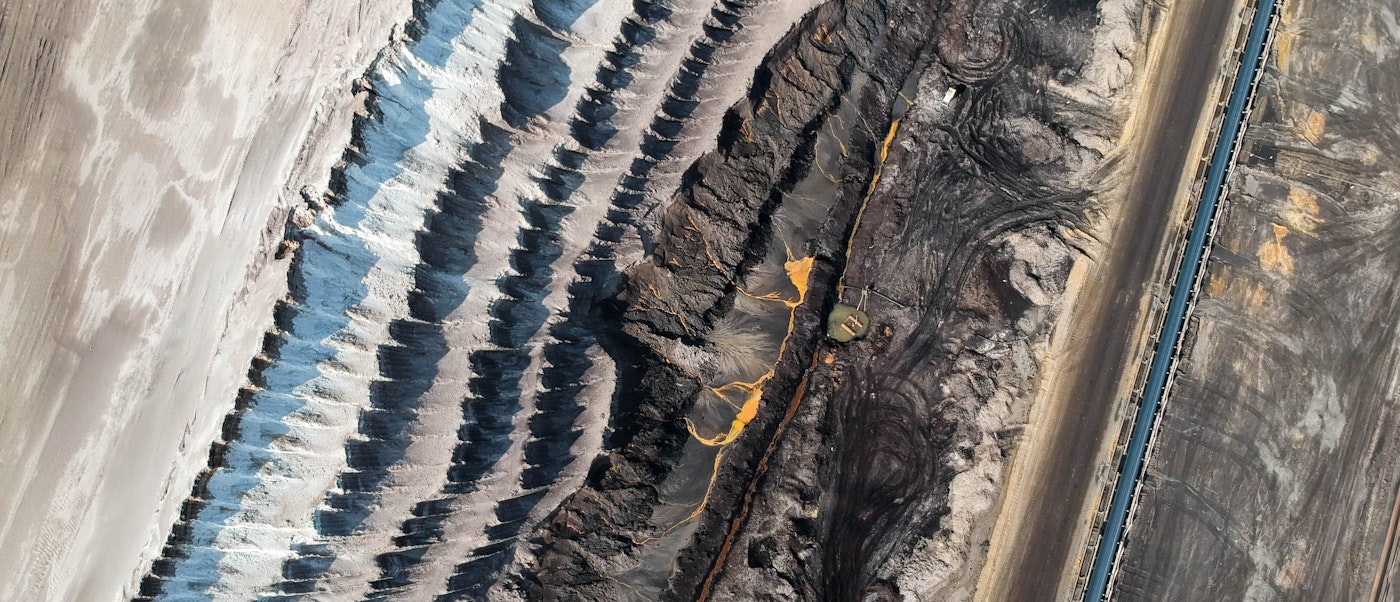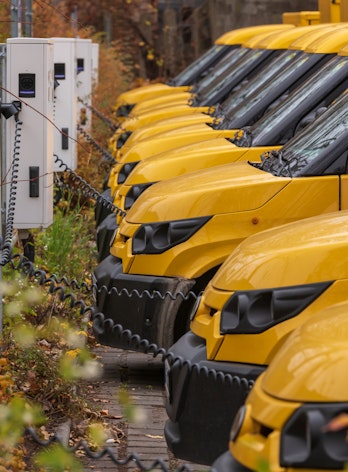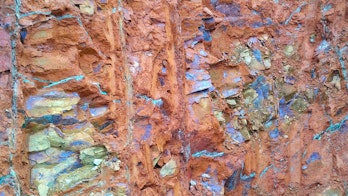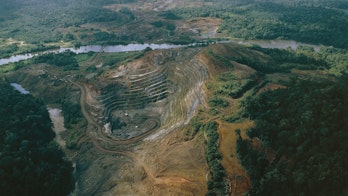
Critical Minerals
The role of critical minerals in clean energy transitions
Essential resources for the clean energy transition
An energy system powered by clean energy technologies differs profoundly from one fuelled by traditional hydrocarbon resources. Critical minerals such as copper, lithium, nickel, cobalt and rare earth elements are essential components in many of today’s rapidly growing clean energy technologies – from wind turbines and electricity networks to electric vehicles. Demand for these minerals is growing quickly as clean energy transitions gather pace.
The types of mineral resources used vary by technology. Lithium, nickel, cobalt, manganese and graphite are crucial to battery performance. Rare earth elements are essential for permanent magnets used in wind turbines and EV motors. Electricity networks need a huge amount of aluminium and copper, the latter of which is the cornerstone of all electricity-related technologies. Learn more about the various minerals in the short video below.
As countries accelerate efforts to reduce emissions, they also need to ensure energy systems remain resilient and secure. The rising importance of critical minerals in a decarbonising energy system requires energy policy makers to expand their horizons and consider potential new vulnerabilities. Concerns about price volatility, security of supply, and the shifting sands of geopolitics do not disappear in an electrified, renewables-rich energy system.
Key findings
Clean energy transitions are driving a significant increase in mineral demand
Just as clean energy deployment expands, so too does demand for critical minerals. Mineral demand for clean energy technologies almost triples by 2030 and quadruples by 2040 in the NZE Scenario, reaching nearly 40 Mt. Given this trajectory, the development of diverse, resilient and sustainable clean energy supply chains for critical minerals is an essential task.
Market value of key energy transition minerals in the Announced Pledges Scenario and the Net Zero Scenario, 2023-2040
OpenInvestments in new mineral supply still growing, despite recent fall
Venture capital spending increased by 30%, with significant growth in battery recycling offsetting reducing investment in mining and refining start-ups. China's spending on and acquisition of overseas mines has grown significantly in the past ten years reaching record levels of USD 10 billion in the first half of 2023 with a particular focus on battery metals such as lithium, nickel and cobalt.
Capital expenditure on nonferrous metal production by 25 major mining companies, 2011-2023
OpenCritical Minerals and Clean Energy Summit
Ensuring secure, sustainable and responsible supply chains

Almost 50 countries from continents across the world – including large and emerging critical mineral producers and consumers – came together on 28 September 2023 with leaders from industry, investment and civil society at the first IEA Critical Minerals and Clean Energy Summit to share experiences and discuss effective courses of action on critical minerals to ensure rapid and secure energy transitions.
The level of over-concentration that we see in critical minerals markets today is unlike that for any other major commodity we have come to rely on in the modern world. Locking in secure and sustainable supplies of critical minerals for the clean energy transition has quickly become a top priority for governments, companies and investors around the world.
Critical minerals have been fully integrated into the IEA’s Global Energy and Climate Model, which means that the projections for critical minerals demand and supply are regularly updated in line with latest policy and technology trends in the IEA energy scenarios, notably in the World Energy Outlook and the Global EV Outlook. The updated projections are available through the IEA Critical Minerals Data Explorer, an online tool that intends to allow users to easily access and navigate the latest data.






